In this exclusive event recap, Automotive Logistics’ Christopher Ludwig shares highlights from the final day of the Finished Vehicle Logistics North America 2025 conference. While delegates enjoyed lunch in the California sun, the day’s earlier sessions delivered critical insight into the complex logistics landscape, with a particular focus on EV supply chains, charging infrastructure and quality assurance.
Amy Paulsen, director of vehicle logistics at GM, returned to the stage to underline the importance of building an unbroken chain of vehicle data to trace damage and improve root cause analysis. While telematics offer powerful tools, gaps in signal coverage and battery constraints remain a challenge. The goal, she said, is integrating damage detection into a seamless system.
Electric vehicle logistics took centre stage throughout the morning. Despite ongoing geopolitical uncertainty, the North American EV market continues to grow. GM, for instance, saw a year-on-year EV growth of over 60% in Q1 2025. Tony Stinsa, director of inbound and finished vehicle logistics at International, shared unique challenges facing commercial EV transport. Unlike ICE trucks that can be decked for efficient delivery, the battery placement in commercial EVs prevents such configurations, demanding new transport engineering solutions. Charging infrastructure shortfalls, especially for longer distances, add further complexity.
In response, GM’s Thomas Shannon highlighted how the OEM is using mobile charging units to bridge infrastructure gaps at rail ramps and plants. The need for proactive solutions is urgent, as OEMs cannot afford to halt vehicle movement.
Charles Franklin from Glovis America added further perspective, noting how long-term investment is needed to redesign railcars for heavier and differently shaped EVs – changes that will take time to implement.
Closing out the day, Paulsen and Agustin Sustaita of D-Troy Logistics shared how logistics networks are adapting in real-time to geopolitical disruptions. Whether navigating tariff deadlines at the US-Mexico border or collaborating with rail partners to hold or reroute vehicles, they demonstrated the strategic value of logistics agility in times of crisis.
One key message echoed across the panels: decisions to halt production or shipments must be based on comprehensive data, not panic. The stakes are high, and OEMs need full visibility of costs and lost capacity before acting.
Stay tuned for more insights and content on our recap blog
Finished Vehicle Logistics North America 2025 took place on 8-10 April at the Waterfront Beach Resort, Huntington Beach, California.
The event will return next year on 21-23 April 2026 | Waterfront Beach Resort, Huntington Beach, California.
Topics
- AI & Predictive Analytics
- Cross-Border Logistics
- Digitalisation
- Editor's pick
- Electric Vehicles
- EV & Battery Transportation & Handling
- Finished Vehicle Logistics
- Fleet & Route Optimisation
- FVLNA25
- GM
- Interviews
- Inventory & Yard Management
- Logistics IT
- Logistics service provider
- Nearshoring
- North America
- OEMs
- People
- Rail
- Road
- Shipping
- Supply Chain Optimisation
- Supply Chain Planning
- Support & Maintenance
- Trade & Customs
- Video
- Video interviews
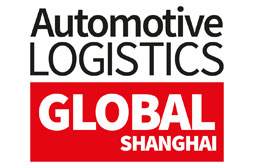



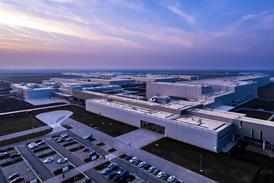
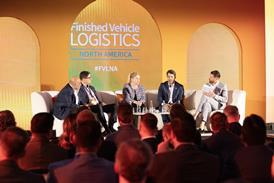
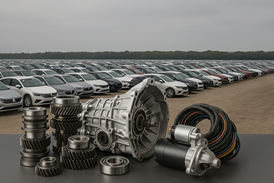


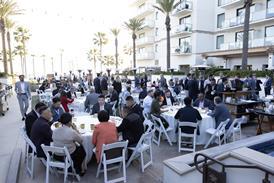




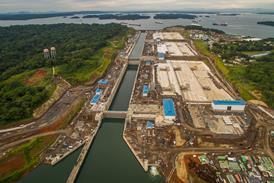









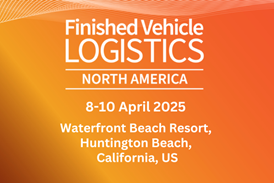
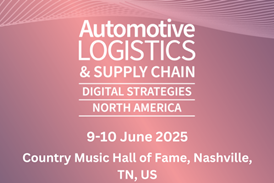
![Global[1]](https://d3n5uof8vony13.cloudfront.net/Pictures/web/a/d/s/global1_726550.svgz)
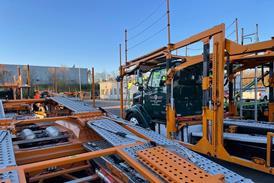
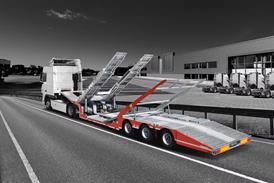
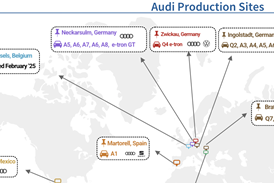


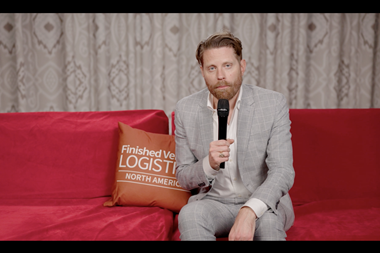
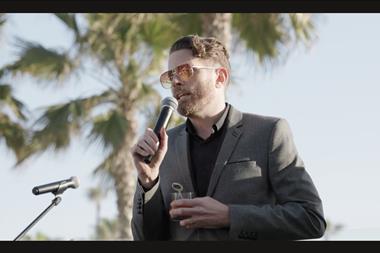
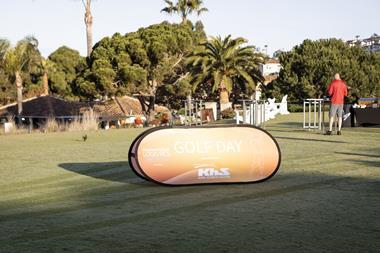

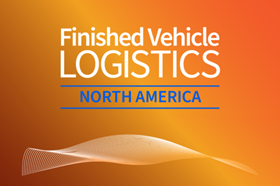



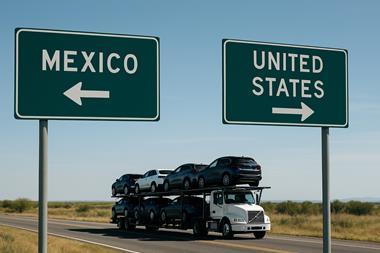
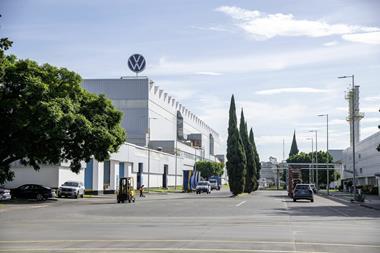




No comments yet